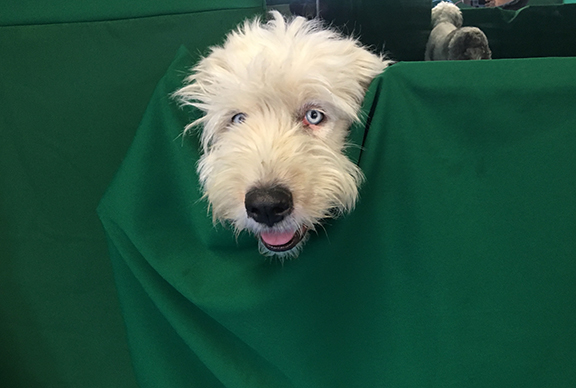II have worked with rescue dogs long enough to really wish they came with a vocabulary chart. Something simple. A hand wave means “lie down,” a head nod means “okay.” Whether a dog has had formal training or not, they have learned visual and verbal cues they associate with certain actions. Sometimes those cues create confusion or even fear during new training.
Say you want to teach your dog to touch your hand with their nose. What if the open palm already means “stay” or worse, signals something negative? These small details can get in the way before you even begin.
When I work with a new rescue dog or bring one home, I try different words and hand signals to see what gets a response. Just as important, I watch how the dog feels about the response. If I say “down” and the dog lowers themselves while their ears and head drop too, I take note. That cue might have come with pressure or punishment. Time to choose another word.
A lot of rescue dogs carry associations with objects as well as words. I have seen dogs afraid of brooms, hoses, gloves, squirt bottles, and even the sound of a drawer opening. These triggers give you clues about past experiences and what to handle with care. If a dog is terrified of the hose, do not wait until they are muddy and stinky to figure it out. Address the fear early, when there is no pressure.
If a word or hand signal gets a clear response and no signs of fear, keep it. Even if it is not your usual training cue, it can be a useful starting point. You can always shape it into something more polished later. But if the cue causes hesitation, tension, or fear, stop using it. Choose something completely different. For example, a flat hand moving forward may have been used to punish. Trying to teach “stay” with that gesture will likely backfire. Do not force a new meaning on something your dog already dreads.
Training a rescue dog starts with listening. That means watching body language, testing cues gently, and being willing to change your plan based on what your dog tells you. You are not just teaching new skills. You are helping your dog feel safe enough to learn.

